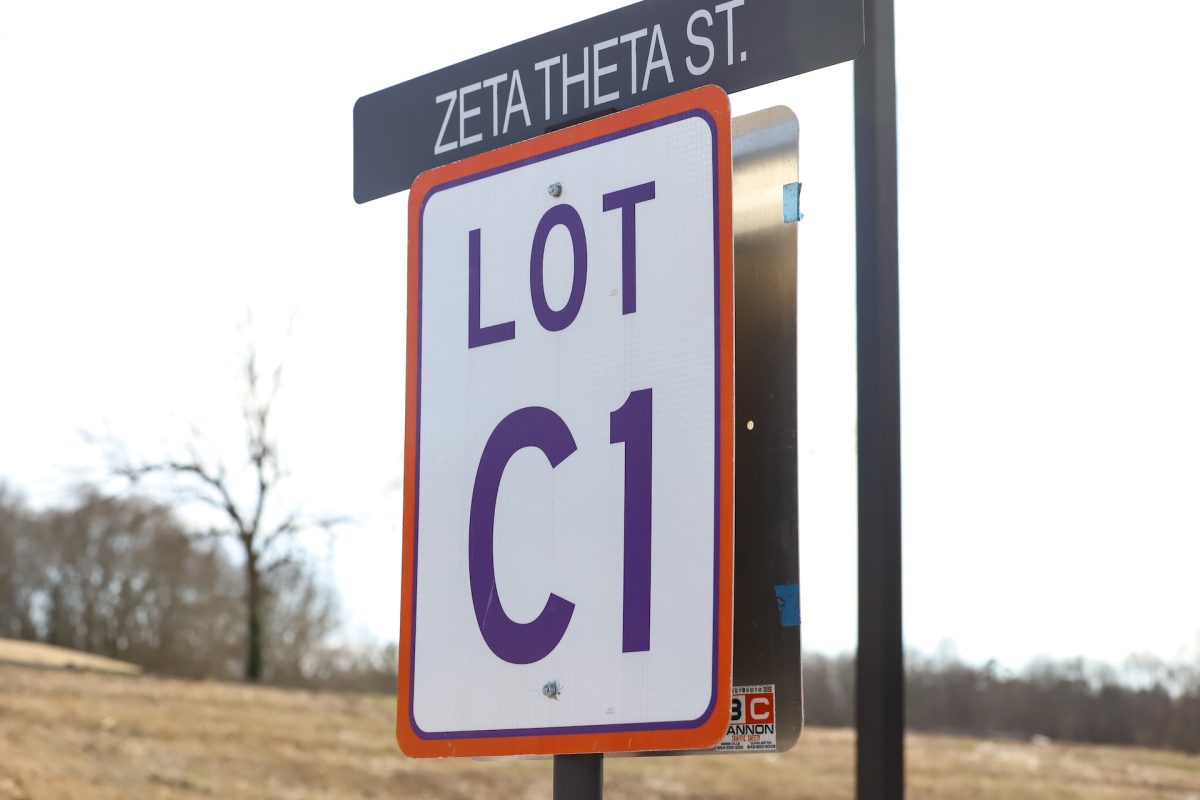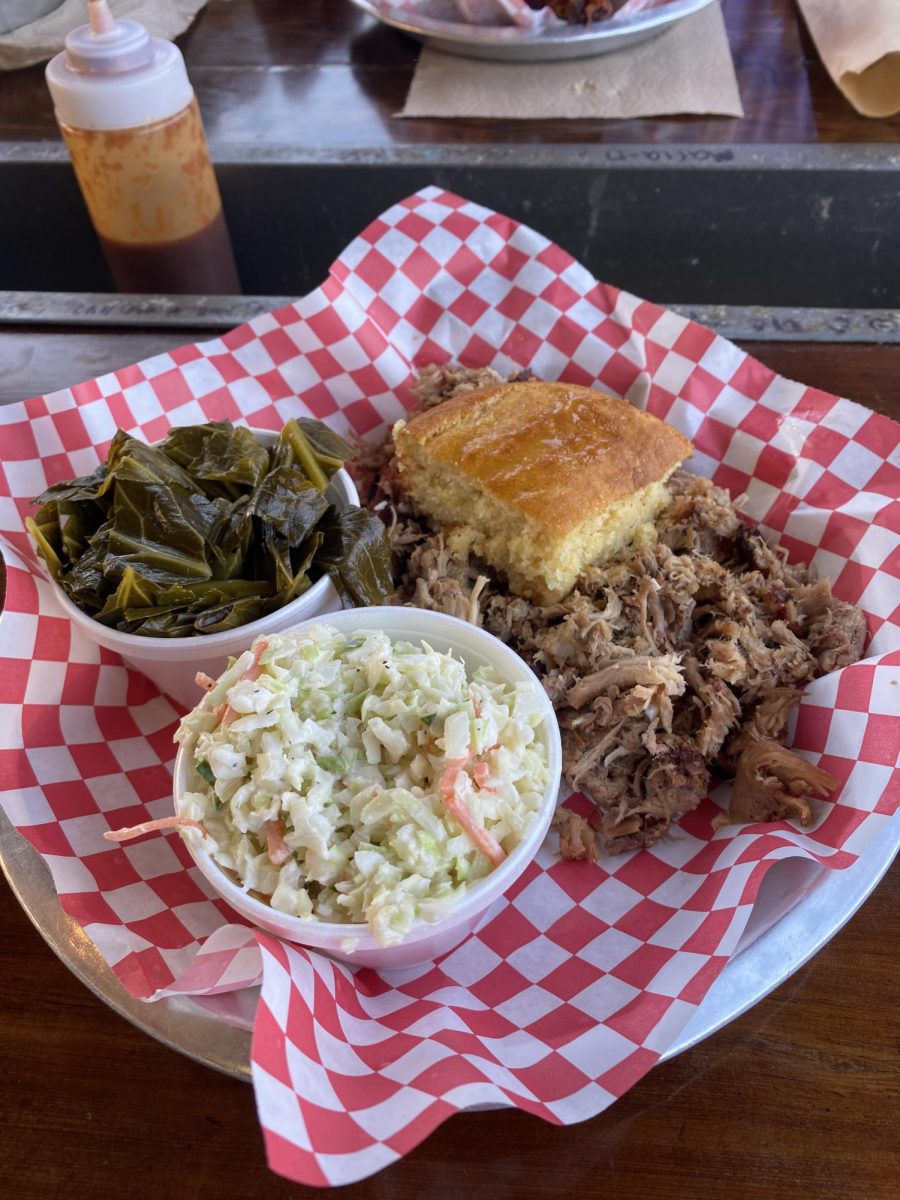If you haven’t heard, the Iowa Caucus was Monday night. Nothing is ever really “official” in politics for at least a couple weeks, but the predictions were made, and enough was said for Ted Cruz to win roughly 28 percent of the Republican voting caucus-goers. Hillary Clinton won by a slim margin for the Democrats at roughly 49.9 percent to Bernie Sander’s 49.6 percent.
As I said, nothing official has come out, but it has been reported that there were multiple coin flips to break the tie votes on the Democratic side of things. It is unknown how many there were precisely, however, multiple news articles published that night say there were six, and there are other articles that claim there were as many as a dozen.
We do know, however, that there were six won by Hillary Clinton. And lets just say that that is the true number of coin flips in Iowa on Monday Night. The percentage of her winning all six caucus locations is approximately 1.5625 percent according to my TI-89 calculator and my knowledge of two statistics classes here at Clemson University and an AP Statistics class in high school. That’s less than two percent, which means that it isn’t impossible for that to have happened, only it’s a very, very, very slim chance that it actually would.
Any chance we can blame the devil? Maybe it’s like Supernatural and she sold her soul to a crossroads demon in order to win the presidency. I mean she’d have ten years and that’s more than the max amount of time you can have legally as President of the United States.
All jokes aside, I’m a Republican and a STEM major. In my opinion, while a coin could be the best way to obtain an unbiased opinion on who to hand the final delegate to, there is an amount of error to be accounted for. Based on experiments I’ve performed in the three statistics classes I’ve had, you could have 15 heads and 5 tails in twenty coin flips. And that’s all done with the same, unbiased coin.
When you lengthen an experiment and flip, say 100 times, you could have 55 heads, and 45 tails. When you perform the experiment 1000 times, you could have 501 heads to 499 tails — if your sample size is bigger, you’ll have a more even 50/50 chance.
It’s all a matter of how the experiment is performed, and accounting for the amount of error in your sample size.
It would be a better use of time for caucuses to come up with a better way to break a tie. One flip of a coin isn’t truly representative of a
50/50 chance.
It would potentially be more fair to pick a number between one and ten, where everyone in the caucus writes a number down between one and ten. Then a person at the caucus uses a random number generator to pick five numbers between one and ten, and those five numbers are candidate number one, and the other five not shown are candidate number two.
The numbers could differ based on the number of candidates in the election, such as sixteen for eight candidates, or twelve for three candidates, but each candidate has the same number of possible number choices given to them.
This system would solve sample error and could be applied to multiple states.
This could be useful in multiple states. Wyoming uses coin tosses to break ties and last year Mississippi used the “drawing straws method” to pick who was going to have the seat in their state legislature.
Chance methods are used frequently in the United States, but if you want a true unbiased answer, choose a better method to give candidates a better, truly unbiased 50/50 shot, or simply give your coin a couple more flips.
Categories:
Leaving it to chance: Coin flips at the Iowa Caucus
Kathryn Gilstrap
February 4, 2016
0
Donate to The Tiger
Your donation will support the student journalists of Clemson University. Your contribution will allow us to purchase equipment and cover our annual website hosting costs.
More to Discover








